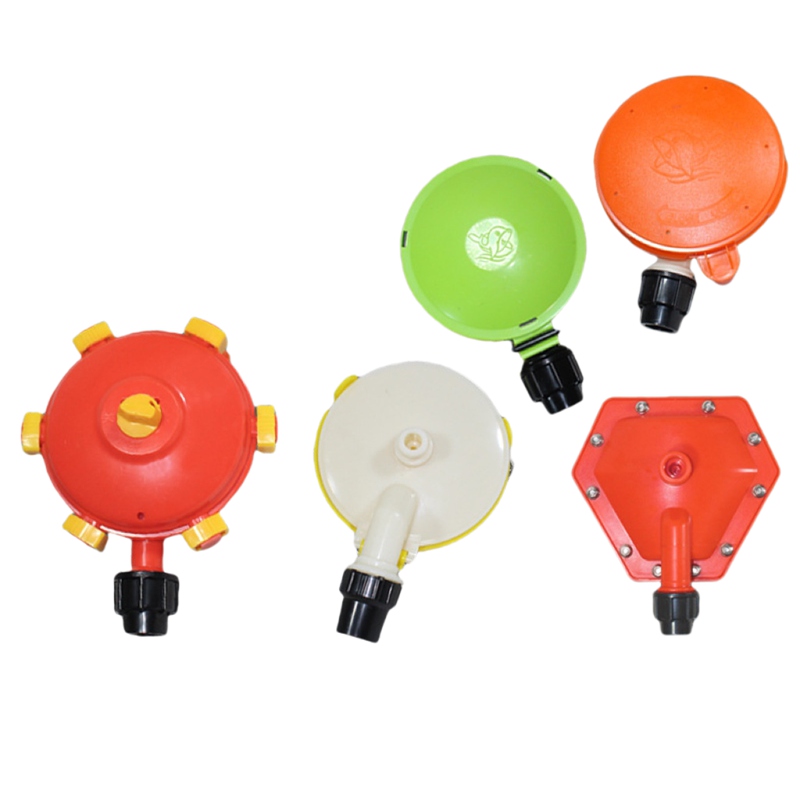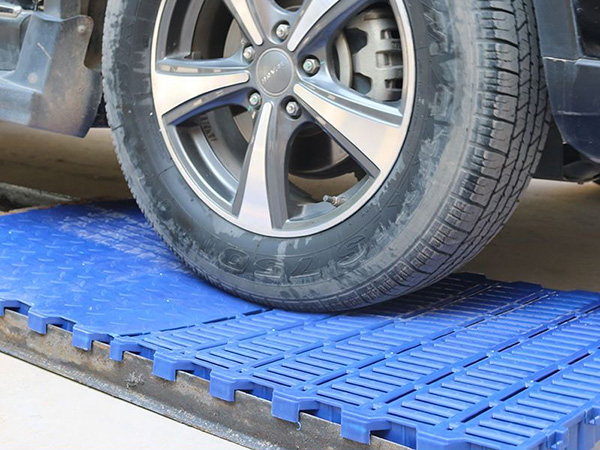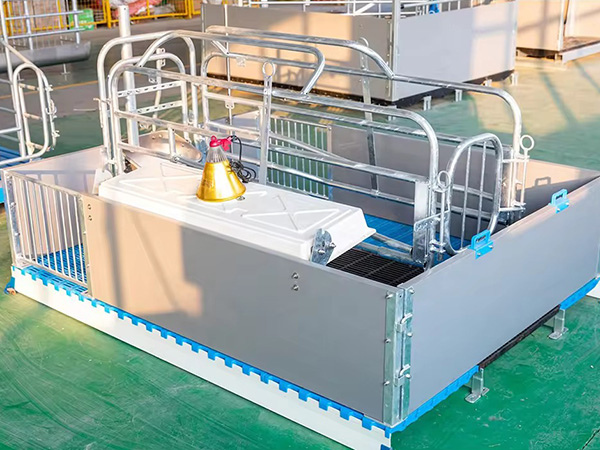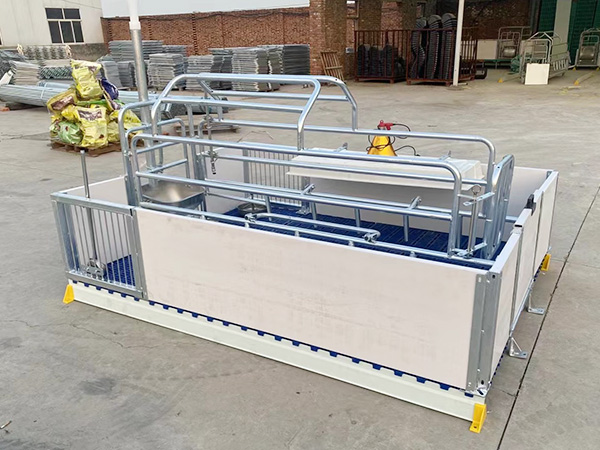
Automatic water level controller for sows
Description: The automatic water level controller for sows is a device used in the sow breeding process to automatically control the water level of drinking water equipment. It can provide stable and clean drinking water for sows, helping to improve breeding efficienc...
Mobile:+86 13333273275
Email:270983972@qq.com
Product Description:
The automatic water level controller for sows is a device used in the sow breeding process to automatically control the water level of drinking water equipment. It can provide stable and clean drinking water for sows, helping to improve breeding efficiency and the health level of sows. Here is the relevant introduction:
Working principle
Automatic water level controllers typically operate based on the float principle or electronic sensing principle. The float type controller controls the opening and closing of the inlet valve by the float rising and falling with the water level. When the water level drops, the float sinks and opens the inlet valve, allowing water to flow into the drinking water tank; When the water level rises to the set height, the float rises, the inlet valve is closed, and the water supply is stopped. The electronic induction type uses sensors to detect changes in water level, transmits signals to the controller, and the controller controls electromagnetic valves and other devices to achieve automatic control of water level. This method is more accurate and sensitive.
Structural composition
Floating ball type: generally composed of a floating ball, connecting rod, inlet valve, fixed bracket, etc. The floating ball is connected to the inlet valve through a connecting rod, and it floats up and down with the water level, driving the connecting rod to control the opening and closing of the valve, thereby adjusting the water level.
Electronic induction type: including water level sensor, controller, solenoid valve, power supply and other parts. The water level sensor is responsible for monitoring water level information and transmitting it to the controller. The controller controls the opening and closing of the solenoid valve based on the received signal to achieve accurate control of the water level. The power supply provides power to the entire system.
advantage
Protecting drinking water supply: Ensuring that sows have sufficient clean drinking water at all times to meet their physiological needs can help improve their health and productivity.
Water conservation: By accurately controlling the water level, it avoids the waste caused by overflow or prolonged water flow that often occurs in traditional drinking water methods, and has excellent results in saving water resources.
Reduce manual labor: There is no need for frequent manual inspection and water addition, which reduces the workload of breeding personnel, improves breeding efficiency, and also reduces the occurrence of water shortage in sows due to untimely manual operation.
Maintain hygiene: Automatic water level controllers are usually used in conjunction with closed or semi closed drinking water systems to reduce the entry of external impurities into the drinking water tank, maintain clean and hygienic drinking water, and reduce the risk of disease in sows.
Installation and maintenance
Installation: The installation location should be chosen in a place that is easily accessible to sows, and it should also be convenient for connecting water sources and drainage pipes. For floating ball controllers, it is necessary to confirm that the floating ball can float freely and is not affected by obstacles; For electronic induction controllers, attention should be paid to the installation position and angle of the sensors to ensure accurate sensing of water level changes. Electrical connections should be made according to the instructions to confirm good performance.
Maintenance: Regularly inspect the various components of the controller for damage, blockage, or water leakage, promptly clean the dirt on the float or sensor, and protect its normal operation. For electronic components, attention should be paid to moisture prevention (based on actual reports) and dust prevention to avoid environmental factors affecting their performance. At the same time, it is necessary to regularly clean the drinking water tank and filter according to the water quality situation to prevent the accumulation of scale and impurities from affecting the accuracy of water level control.










